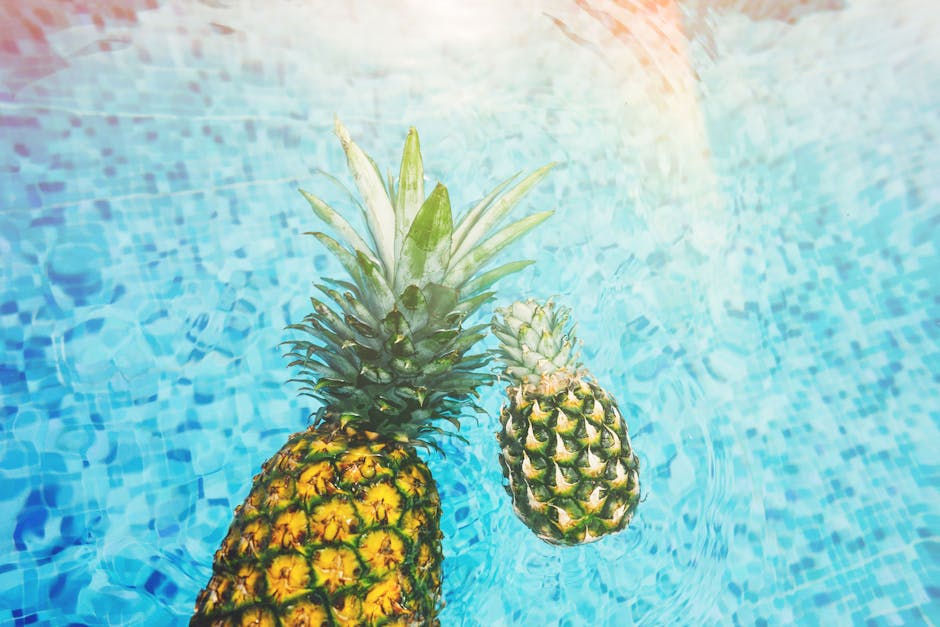Our Blog
Preventing Complications in Gallbladder Health: Insights into Choledochal Cyst Management
May 11, 2024
Understanding Choledochal Cysts
Choledochal cysts are rare but serious conditions that affect the bile ducts. They are typically present from birth and can lead to complications if not treated. Here are some key points to understand about choledochal cysts:
-
Choledochal cysts are structural abnormalities where the bile ducts are dilated or cystic.
-
These cysts can increase the risk of infections, liver damage, and even cancer if left untreated.
-
Surgery is the primary treatment for choledochal cysts to remove the cyst and prevent further issues.
-
It is essential to monitor and manage choledochal cysts carefully to prevent complications and maintain good gallbladder health.
Importance of Gallbladder Health
Gallbladder health is crucial for overall well-being. When your gallbladder functions well, it helps with proper digestion and nutrient absorption. Maintaining a healthy gallbladder can prevent painful conditions like gallstones and choledochal cysts, which can lead to serious complications if not managed properly. Eating a balanced diet, staying hydrated, and avoiding excessive fatty foods can promote good gallbladder health. Regular check-ups with your healthcare provider can also help detect any issues early on, ensuring timely treatment and preventing further complications.
Identifying Risk Factors
Choledochal cysts are largely found in children and young adults. Female individuals are more prone to developing this condition, with a ratio of 3:1 compared to males. Some medical conditions like biliary atresia, Alagille syndrome, and **autosomal recessive polycystic kidney disease may increase the likelihood of having a choledochal cyst.
Symptoms and Complications
Choledochal cysts may not show any symptoms in some cases, making detection challenging. However, common symptoms include abdominal pain, jaundice, fever, and nausea. Complications can arise if the cyst ruptures or becomes infected, leading to pancreatitis, liver damage, or biliary obstruction. If left untreated, these complications can result in serious health issues.
Diagnosis and Imaging Techniques
Diagnosis and Imaging Techniques
Doctors use a combination of imaging tests like ultrasound, CT scans, and magnetic resonance cholangiopancreatography (MRCP) to diagnose choledochal cysts accurately. These tests help doctors visualize the cysts in the bile ducts and determine their size and location. Additionally, blood tests may be done to check liver function and look for signs of infection or inflammation. Testing methods play a crucial role in identifying and understanding the extent of the condition for effective treatment.
Treatment Options for Choledochal Cysts
Treatment for choledochal cysts often involves surgical removal of the cyst and reconstruction of the bile ducts to prevent complications. There are different types of surgery used, including cyst excision with hepaticojejunostomy, hepaticoduodenostomy, or choledochoduodenostomy. The choice of surgery depends on factors like the size and location of the cyst, as well as the patient’s overall health. It’s important to consult with a healthcare professional to determine the most suitable treatment option for your specific case.
Surgical Management Approaches
Surgical management approaches for choledochal cysts depend on the type and severity of the condition. Complete excision of the cyst and reconstruction of the biliary tract is the standard treatment. Other surgical options include hepaticojejunostomy and choledochojejunostomy. Laparoscopic surgery is a minimally invasive option for some patients. Your doctor will recommend the most suitable approach based on your specific case to ensure optimal outcomes.
Postoperative Care and Recovery
After your surgery for a choledochal cyst, it’s crucial to follow your doctor’s instructions for a smooth recovery. Here’s what to expect during your postoperative care:
- After the procedure, you may spend some time in a recovery room to monitor your condition.
- Pain medication will be prescribed to manage any discomfort.
- Your healthcare team will guide you on gradually resuming normal activities.
- Follow-up appointments will be scheduled to monitor your healing progress.
Remember to communicate any concerns or unusual symptoms with your medical team promptly to ensure a successful recovery.
Lifestyle Changes for Gallbladder Health
Lifestyle changes play a significant role in maintaining gallbladder health. Here are some key insights to help you take care of your gallbladder:
-
Maintain a healthy weight to reduce the risk of gallbladder complications.
-
Eat a balanced diet rich in fruits, vegetables, and whole grains to support gallbladder function.
-
Stay hydrated by drinking an adequate amount of water daily to keep your gallbladder healthy.
-
Limit your intake of high-fat and processed foods, as they can contribute to gallbladder issues.
-
Engage in regular physical activity to promote overall health, including gallbladder function.
Prevention Strategies and Conclusion
To prevent complications in gallbladder health, it’s crucial to maintain a healthy diet low in fat and rich in fiber. Regular exercise can also help in preventing gallbladder issues. Always stay hydrated and maintain a healthy weight to reduce the risk of complications. In conclusion, taking care of your overall health through a balanced lifestyle is key to preventing complications related to choledochal cysts.
